Home>diy>Building & Construction>What Does Masonry Construction Mean
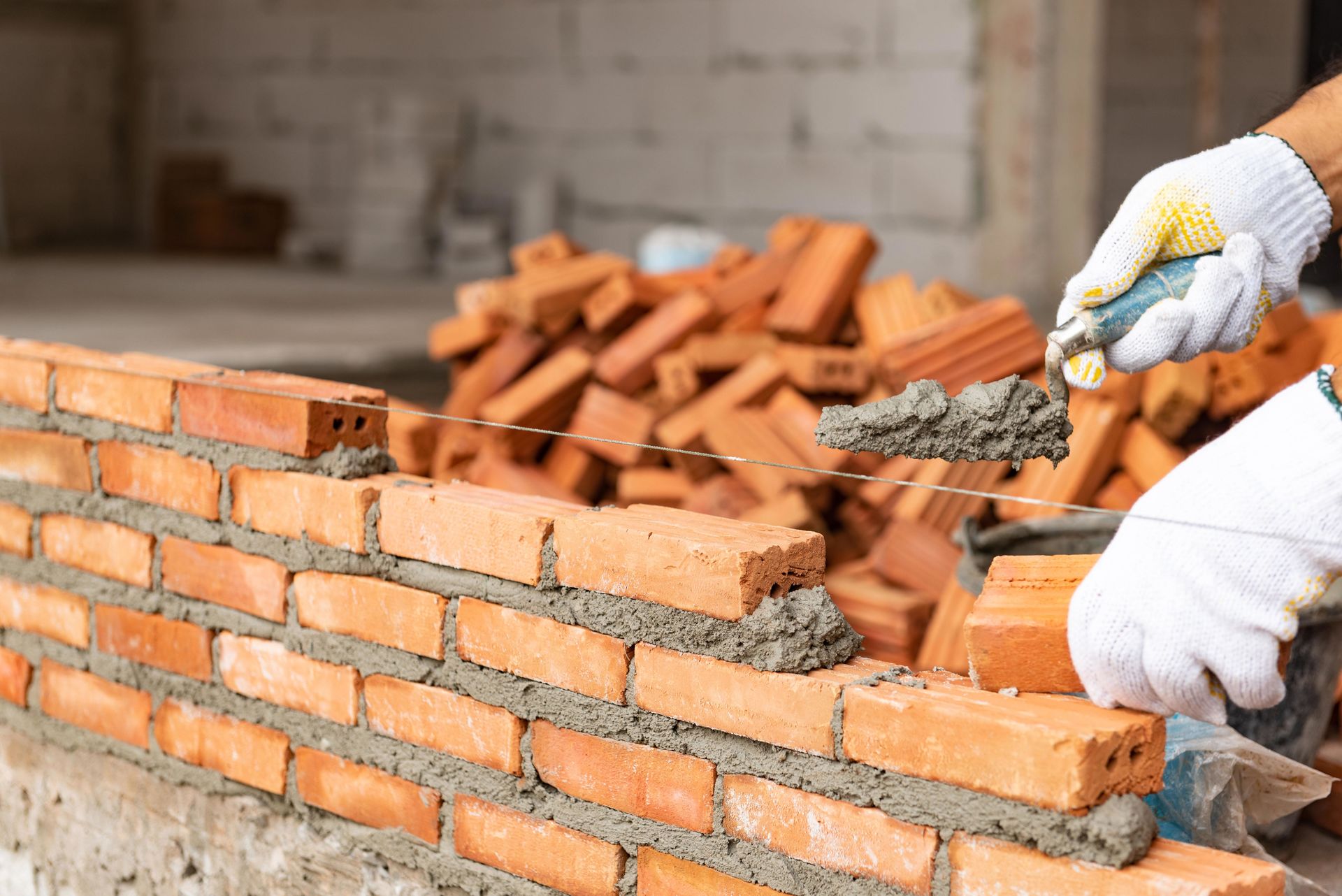

Building & Construction
What Does Masonry Construction Mean
Modified: May 6, 2024
Discover the meaning and importance of masonry construction in the world of building construction. Learn about its methods, materials, and benefits.
(Many of the links in this article redirect to a specific reviewed product. Your purchase of these products through affiliate links helps to generate commission for Storables.com, at no extra cost. Learn more)
Introduction
Masonry construction is a time-honored building technique that has been used for centuries. This method involves the use of materials like bricks, stones, and concrete blocks to create durable and sturdy structures. From ancient civilizations to modern times, masonry construction has proven to be a reliable and versatile choice for building projects.
With its long-standing history and various applications, masonry construction plays a crucial role in the field of building and construction. Understanding the fundamentals of this construction method, including its definition, types, materials, benefits, and challenges, is essential for anyone involved in the industry.
In this article, we will explore the world of masonry construction, providing you with a comprehensive understanding of its significance and the factors that make it an integral part of the building process.
Key Takeaways:
- Masonry construction, utilizing materials like bricks and stones, offers durability, structural strength, and fire resistance, making it a sustainable and reliable choice for diverse building projects.
- Despite challenges such as weather sensitivity and limited flexibility, masonry construction’s benefits, including energy efficiency and aesthetic appeal, outweigh the drawbacks, positioning it as a preferred building technique.
Definition of Masonry Construction
Masonry construction can be defined as a building technique that involves the use of materials such as bricks, stones, concrete blocks, or clay tiles to construct walls, floors, and other structural elements. The word “masonry” itself refers to the craft of building structures using these materials, often laid in a specific pattern using mortar or a similar binding material.
Masonry construction is known for its durability, strength, and fire resistance. It is a highly versatile technique that allows for the creation of various architectural styles, from traditional to contemporary. The skills required to work with masonry materials have been passed down through generations of craftsmen, adding a level of artistry and precision to the construction process.
One key aspect of masonry construction is the use of mortar. Mortar acts as a binding agent that holds the individual units together, forming a solid and cohesive structure. It is typically made by combining cement, lime, sand, and water, creating a paste-like substance that hardens over time. This adhesive quality of mortar ensures the stability and integrity of the masonry construction.
Masonry construction can be categorized into two main types: load-bearing masonry and non-load-bearing masonry. Load-bearing masonry refers to structures where the walls carry the weight of the roof or other loads, such as floors or beams. On the other hand, non-load-bearing masonry is used for decorative purposes or to divide the internal spaces of a building.
Overall, masonry construction is a highly versatile and traditional building technique that has stood the test of time. Its adaptability, longevity, and aesthetic appeal contribute to its continued popularity in the construction industry.
History of Masonry Construction
Masonry construction has a rich and fascinating history that dates back thousands of years. It has been used by numerous civilizations, leaving behind impressive architectural marvels that still stand today. Let’s explore the journey of masonry construction through time.
The origin of masonry construction can be traced back to ancient civilizations such as the Egyptians, Greeks, and Romans. These cultures mastered the art of working with stones and developed advanced techniques for creating structures that would withstand the test of time. The construction of the pyramids in Egypt, the Parthenon in Greece, and the Colosseum in Rome are prime examples of their mastery in masonry construction.
During the medieval period, masonry construction continued to evolve. The Gothic architecture of the cathedrals in Europe showcased intricate stone vaults, flying buttresses, and towering spires. These structures represented a combination of beauty, innovation, and structural integrity, all achieved through the skillful use of masonry materials.
In more recent history, the Industrial Revolution brought about significant changes in masonry construction. The invention of machines and the mass production of bricks and concrete blocks revolutionized the way buildings were constructed. This led to faster construction times and increased accessibility to materials, making masonry construction more widespread.
Today, masonry construction remains a popular choice for both residential and commercial projects. The advancements in technology and building science have further improved the quality and efficiency of masonry construction. Modern techniques, such as reinforced masonry, allow for the construction of taller and more complex structures.
The historical significance of masonry construction is not just attributed to its structural achievements but also to the aesthetic beauty it brings to the built environment. The intricate detailing, patterns, and textures created through masonry craftsmanship are a testament to the human ingenuity and dedication to creating architectural masterpieces.
As we look back on the history of masonry construction, it is clear that this building technique has played a significant role in shaping the world we live in today. Its timeless appeal, durability, and architectural splendor continue to inspire and impress, making masonry construction an enduring legacy of human achievement in the field of construction.
Types of Masonry Construction
Masonry construction encompasses a wide range of techniques and styles, allowing for diverse architectural expressions. Here are the main types of masonry construction that you should be familiar with:
- Brick Masonry: Brick masonry is one of the most common types of masonry construction. It involves the use of individual bricks, which are typically made of clay or concrete, and laid in a specific pattern using mortar. The bricks can be arranged in different bond patterns, such as stretcher bond, header bond, and Flemish bond, to achieve different aesthetic effects.
- Stone Masonry: Stone masonry is the oldest form of masonry construction and is often associated with historical and monumental structures. It utilizes natural stone blocks or rocks, which are cut and shaped to fit together tightly. Stone masonry can be further classified into rubble stone masonry, where irregularly shaped stones are used, and ashlar stone masonry, where finely dressed and shaped stones are used for a more refined appearance.
- Concrete Block Masonry: Concrete block masonry, also known as concrete masonry unit (CMU) construction, involves the use of precast concrete blocks. These blocks are manufactured in various sizes and shapes to suit different structural requirements. Concrete block masonry offers versatility, strength, and ease of construction, making it a popular choice for both load-bearing and non-load-bearing walls.
- Reinforced Masonry: Reinforced masonry combines masonry units with reinforcement elements such as steel bars or mesh. This type of construction enhances the structural strength and integrity of masonry walls, allowing for the construction of taller and more resistant buildings. Reinforced masonry is commonly used in seismic-prone areas to withstand lateral forces.
- Composite Masonry: Composite masonry is a combination of different types of masonry units within the same wall. For example, a composite masonry wall may consist of an outer layer of brick masonry for visual appeal and an inner layer of concrete block masonry for structural strength. This type of construction offers the benefits of both materials in terms of aesthetics and performance.
Each type of masonry construction has its own advantages and characteristics, making them suitable for different project requirements. Choosing the right type of masonry construction is crucial for achieving the desired architectural and structural outcomes.
Materials Used in Masonry Construction
Masonry construction relies on various materials that exhibit strength, durability, and the ability to withstand the elements. Here are some of the primary materials used in masonry construction:
- Bricks: Bricks are one of the most commonly used materials in masonry construction. They are typically made from clay or concrete, and their uniform shape and size make them easy to work with. Bricks offer excellent compressive strength and durability, making them suitable for load-bearing walls and other structural elements. They come in a variety of colors, textures, and finishes, allowing for versatile design possibilities.
- Stones: Natural stones, such as granite, limestone, and sandstone, have been used in masonry construction for centuries. Their unique colors, textures, and patterns add a timeless appeal to buildings. Stones can be cut and shaped into various sizes and used in either rubble or ashlar stone masonry. With proper installation and maintenance, stone masonry can last for centuries, showcasing its exceptional durability.
- Concrete Blocks: Concrete blocks, also known as concrete masonry units (CMUs), are precast blocks made of concrete. They are available in different sizes, shapes, and densities to accommodate diverse construction needs. Concrete blocks are widely used in both load-bearing and non-load-bearing walls due to their strength and ease of installation. They can be reinforced with steel bars for added structural integrity.
- Mortar: Mortar acts as the binding material in masonry construction, holding the individual units together. It is typically made by combining cement, lime, sand, and water. Mortar plays a crucial role in ensuring the stability and longevity of masonry structures. It not only provides structural strength but also allows for some flexibility to accommodate minor movement and settlement.
- Reinforcements: In certain types of masonry construction, reinforcements are used to enhance the structural integrity and performance. Steel bars or mesh can be embedded within the masonry walls to provide additional tensile strength and resist lateral forces. Reinforced masonry is commonly used in earthquake-prone areas or areas with high wind loads.
- Admixtures: Admixtures are additives that can be mixed into the mortar or concrete mix to enhance certain properties. For example, plasticizers can improve the workability of the mortar, while waterproofing admixtures can enhance the resistance of masonry walls against water infiltration. Admixtures offer flexibility in modifying the properties of the masonry materials to suit specific project requirements.
By carefully selecting and combining these materials, masonry construction can achieve the desired strength, durability, and aesthetic qualities in buildings. Understanding the characteristics and properties of these materials is essential for successful masonry construction projects.
Masonry construction refers to building structures using individual units such as bricks, stones, or concrete blocks, held together by mortar. It is a durable and versatile construction method commonly used for buildings, walls, and other structures.
Read more: What Does “At Grade” Mean In Construction
Benefits of Masonry Construction
Masonry construction offers a multitude of benefits that make it a preferred choice for many building projects. From structural integrity to aesthetic appeal, here are some key advantages of using masonry construction:
- Durability and Longevity: Masonry structures are known for their exceptional durability. Materials such as bricks, stones, and concrete blocks are designed to withstand harsh weather conditions, fire, and even pest damage. Properly constructed masonry walls can last for decades or even centuries with minimal maintenance, making them a long-term investment.
- Structural Strength: Masonry construction provides excellent structural strength due to its load-bearing capabilities. Masonry walls are capable of supporting heavy loads, making them ideal for multi-story buildings and structures where stability is crucial. Reinforced masonry further enhances the structural integrity, allowing for taller and more resilient buildings.
- Fire Resistance: Masonry materials are inherently fire-resistant, providing a high level of fire protection. Bricks and stones do not burn or release toxic fumes, serving as effective barriers against the spread of fire. This makes masonry construction a safe choice for residential, commercial, and industrial buildings.
- Energy Efficiency: Masonry construction has excellent thermal properties. The thermal mass of masonry materials helps regulate indoor temperatures by absorbing and slowly releasing heat. This results in reduced energy consumption for heating and cooling, leading to cost savings and a smaller carbon footprint.
- Aesthetic Appeal: The visual appeal of masonry construction is undeniable. Bricks, stones, and concrete blocks offer a wide range of colors, textures, and finishes, allowing for endless design possibilities. The craftsmanship and intricate detailing of masonry work can enhance the overall aesthetics of a building, adding a touch of timeless beauty.
- Sound Insulation: Masonry walls have excellent sound insulation properties. Their density and mass help reduce the transmission of noise, creating a quieter and more comfortable indoor environment. This is particularly beneficial in residential buildings, schools, hospitals, and other noise-sensitive spaces.
- Low Maintenance: Once constructed, masonry structures require minimal maintenance. The materials used in masonry construction are resistant to rot, decay, and pests, eliminating the need for frequent repairs or replacements. Periodic inspections and simple cleaning are usually sufficient to keep masonry walls in good condition.
These benefits make masonry construction a reliable and preferred choice for a wide range of building projects, from residential homes to commercial complexes. Whether it’s the durability, strength, aesthetics, or energy efficiency, masonry construction offers lasting value and peace of mind.
Challenges of Masonry Construction
While masonry construction comes with numerous benefits, it is not without its challenges. These challenges can arise during the construction process or throughout the life of the building. Here are some of the common challenges associated with masonry construction:
- Weather Sensitivity: Masonry construction can be affected by adverse weather conditions, such as extreme heat, cold, or precipitation. Mortar can cure improperly during hot and dry conditions, while freezing temperatures can lead to cracking and other forms of damage. Construction schedules may need to be adjusted to accommodate weather conditions and ensure the quality of the masonry work.
- Moisture Management: Proper moisture management is crucial in masonry construction. Excess moisture can lead to dampness, efflorescence, and mold growth, compromising the structural integrity of the masonry. The selection and installation of appropriate moisture barriers, flashing, and sealants are essential to prevent water infiltration and maintain optimal moisture levels within the masonry walls.
- Settlement and Movement: Like any type of construction, masonry structures can experience settlement and movement over time. This can result in cracks, shifts in alignment, and other structural issues. Care must be taken during the design and construction phases to anticipate and accommodate potential settlement and movement, such as incorporating expansion joints and providing proper reinforcement.
- Complexity and Skill Requirements: Masonry construction requires a certain level of skill and craftsmanship. Properly laying bricks or stones, applying mortar, and achieving uniformity in the masonry work require experience and expertise. The complexity of certain masonry patterns or designs may further increase the skill requirements, making it essential to hire qualified masonry professionals to ensure the quality of the construction.
- Weight and Foundation Considerations: Masonry structures can be heavy, requiring a robust foundation to support the load. Inadequate foundation design or construction can lead to settlement, cracking, and other structural issues. The weight of masonry also needs to be considered during the construction process, ensuring that the necessary structural supports are in place.
- Limited Flexibility: Once a masonry structure is constructed, it is difficult to make changes or modifications. Any alterations or additions to the building may require significant demolition and reconstruction, making it less flexible compared to other construction methods. Detailed planning and thorough consideration of future needs are crucial during the design phase of masonry construction projects.
Despite these challenges, proper planning, skilled craftsmanship, and proactive maintenance can mitigate potential issues and ensure the long-term success of masonry construction. By addressing these challenges, masonry structures can continue to provide the desired durability, strength, and aesthetic appeal for years to come.
Common Applications of Masonry Construction
Masonry construction is widely used in various building projects and has a wide range of applications. From residential homes to commercial buildings, here are some of the common applications where masonry construction is employed:
- Residential Construction: Masonry is a popular choice for residential construction, especially for single-family homes and multi-story buildings. From exterior walls to interior partitions, masonry construction provides structural strength, energy efficiency, and aesthetic appeal. It can be used for the construction of entire houses or for specific elements like fireplaces, chimneys, or retaining walls.
- Commercial Buildings: Masonry construction is widely utilized in commercial buildings such as offices, retail centers, and educational institutions. Its durability, fire resistance, and sound insulation properties make it a desirable choice for these structures. Masonry walls can provide the necessary structural stability, while the aesthetic versatility of brick or stone can enhance the overall appearance of the building.
- Industrial Facilities: Masonry construction is commonly employed in industrial facilities such as warehouses, factories, and manufacturing plants. The strength and durability of masonry materials make them suitable for withstanding heavy loads and providing long-term resilience. Additionally, the fire-resistant properties of masonry contribute to the safety and protection of industrial buildings.
- Public Infrastructure: Masonry construction is utilized in the construction of public infrastructure, including bridges, tunnels, and roads. Concrete blocks and reinforced masonry are often employed for their strength and ability to withstand heavy traffic and harsh environmental conditions. The durability and low maintenance requirements of masonry make it an ideal choice for these infrastructure projects.
- Historical Restoration: Masonry construction has a significant role in restoring and preserving historical buildings and monuments. Skilled masons use traditional techniques and materials to repair or reconstruct damaged or deteriorated masonry elements. This includes repairing brickwork, stone carvings, arches, and decorative features, ensuring the preservation of the historical character of these structures.
- Landscape and Hardscape: Masonry construction is commonly employed in landscape and hardscape applications. This includes the construction of retaining walls, garden walls, pathways, patios, and outdoor fireplaces. Masonry materials provide the necessary strength and durability to withstand outdoor elements and enhance the aesthetic appeal of outdoor spaces.
These are just a few examples of the many applications of masonry construction. The versatility, durability, and aesthetic appeal of masonry make it a popular choice for a wide range of construction projects.
Sustainability and Masonry Construction
Masonry construction is often regarded as a sustainable building method due to several environmentally friendly characteristics and practices. Here are some ways in which masonry construction contributes to sustainability:
- Durable and Long-lasting: Masonry structures are known for their longevity. Buildings constructed using masonry materials can withstand the test of time, reducing the need for frequent repairs or replacements. This durability minimizes the material and energy waste associated with the demolition and reconstruction of buildings.
- Energy Efficiency: Masonry materials have excellent thermal properties that contribute to energy efficiency. The high thermal mass of bricks, stones, and concrete blocks helps regulate indoor temperatures by absorbing and slowly releasing heat, reducing the reliance on mechanical heating and cooling systems. This results in lower energy consumption and decreased greenhouse gas emissions.
- Recyclability and Reusability: Masonry materials can be recycled and reused, making them a sustainable choice. Bricks and stones can be salvaged from demolished structures and repurposed in new construction projects. This significantly reduces the demand for new materials and the energy-intensive manufacturing processes associated with their production.
- Low Maintenance: Masonry structures typically require minimal maintenance over their lifespan. The materials used in masonry construction, such as bricks and stones, are naturally resistant to decay, rot, and pests. This reduces the need for chemical treatments or frequent repairs, saving resources and minimizing the environmental impact.
- Fire Resistance: Masonry materials provide excellent fire resistance, contributing to the safety and resilience of buildings. By incorporating masonry construction in fire-prone areas, the risk of fire-related damage and the spread of flames can be minimized. This not only protects the environment but also ensures the safety of occupants and reduces the reliance on fire suppression systems.
- Local Availability and Reduced Transportation: Many masonry materials, such as bricks, stones, and concrete blocks, are often locally sourced, reducing transportation-related emissions. By utilizing locally available materials, the carbon footprint associated with the transportation of building materials can be significantly reduced.
Despite its sustainability benefits, it is important to note that masonry construction practices can also have environmental drawbacks. The production of cement, for example, releases a significant amount of carbon dioxide, contributing to greenhouse gas emissions. However, advancements in technology and the use of alternative cementitious materials are being explored to reduce the environmental impact of masonry construction.
Overall, masonry construction offers several sustainable features that contribute to the reduction of environmental impact and the creation of long-lasting structures. By incorporating energy-efficient design principles, utilizing recycled materials, and minimizing waste, masonry construction can play a vital role in creating a more sustainable built environment.
Read more: What Does Precast Mean In Construction
Conclusion
Masonry construction, with its long-standing history and diverse applications, continues to be a significant building technique in the construction industry. The combination of durable materials, structural strength, and aesthetic appeal makes masonry construction a preferred choice for a wide range of projects, from residential homes to commercial buildings and public infrastructure.
Throughout the centuries, masonry construction has proven to be a reliable and sustainable building method. The use of materials such as bricks, stones, and concrete blocks, along with the skillful craftsmanship of masons, creates structures that withstand the test of time. The durability, fire resistance, and low maintenance requirements of masonry contribute to long-lasting buildings that reduce environmental impact.
Masonry construction also offers architectural versatility, allowing for creative designs and intricate detailing. The use of different bond patterns, material finishes, and masonry techniques provides opportunities for architects and designers to achieve unique and aesthetically pleasing structures.
However, masonry construction does come with its challenges. Adverse weather conditions, moisture management, and settling issues require careful planning and skilled execution to ensure the longevity and performance of masonry structures. Additionally, the weight and inflexibility of masonry can pose constraints on modifications or future renovations.
Despite these challenges, masonry construction remains a preferred choice for many building projects. The benefits of durability, structural integrity, energy efficiency, and fire resistance outweigh the challenges, making masonry a reliable and sustainable option.
As the construction industry continues to prioritize sustainability, masonry construction plays a crucial role. With its long lifespan, recyclability of materials, energy efficiency, and reduced maintenance requirements, masonry construction can contribute to creating a more sustainable built environment.
In conclusion, masonry construction blends artistry and craftsmanship with practicality and durability. It has stood the test of time and continues to be an integral part of the building and construction industry. Whether it’s the historical restoration of iconic landmarks or the construction of modern buildings, masonry will continue to shape the world we live in.
Ready to take your masonry skills up a notch? Equip yourself with the latest and greatest in masonry gear. Our next read provides an in-depth look at essential masonry tools set to dominate 2024. Whether you're a seasoned professional or just starting out, these tools promise to make your projects smoother and more efficient. Don't miss out on discovering how these innovative tools can transform your work.
Frequently Asked Questions about What Does Masonry Construction Mean
Was this page helpful?
At Storables.com, we guarantee accurate and reliable information. Our content, validated by Expert Board Contributors, is crafted following stringent Editorial Policies. We're committed to providing you with well-researched, expert-backed insights for all your informational needs.
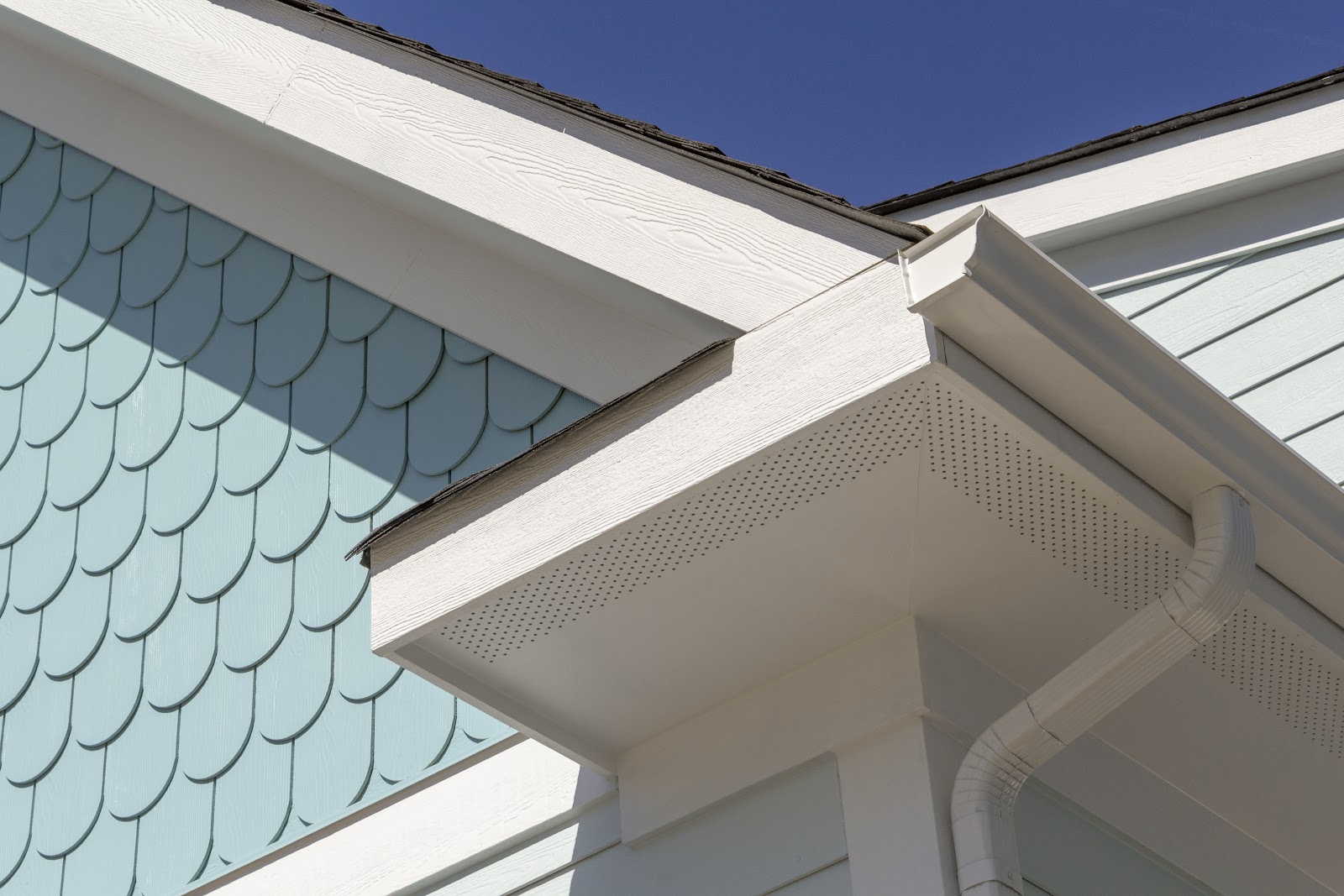
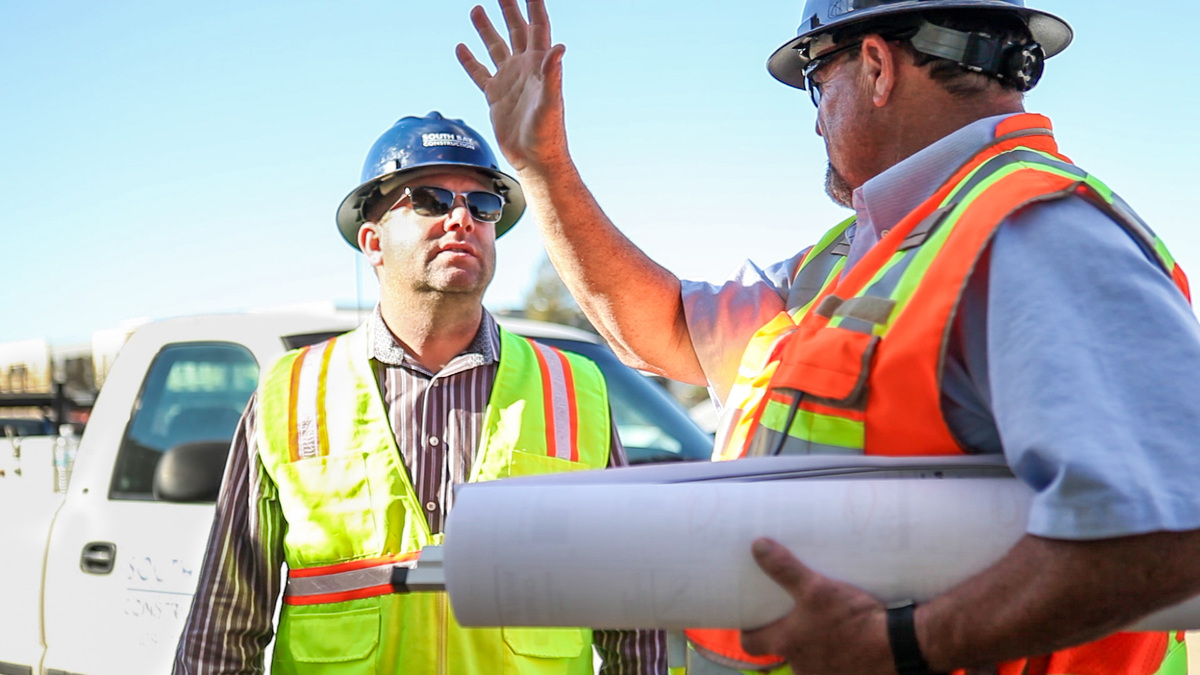
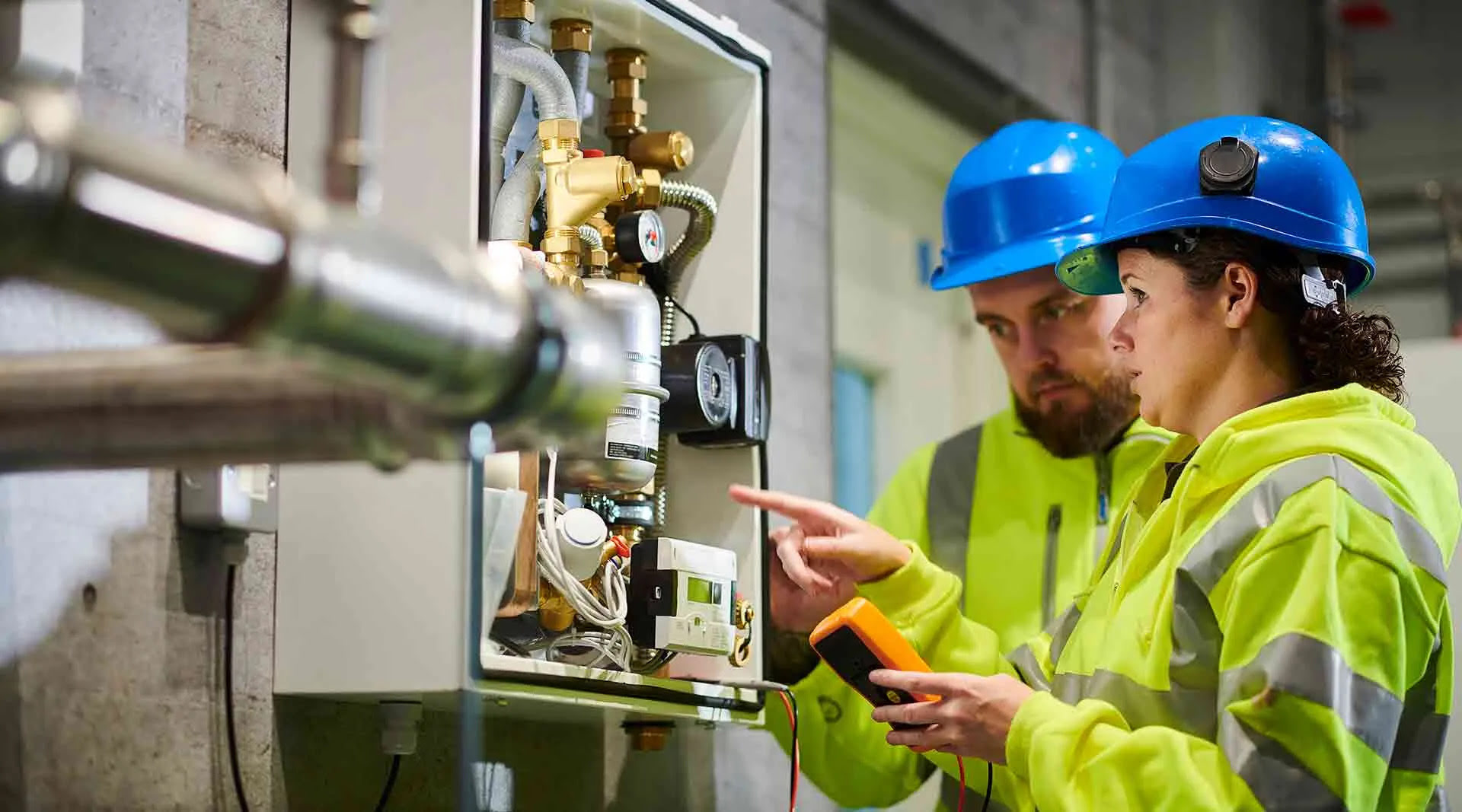
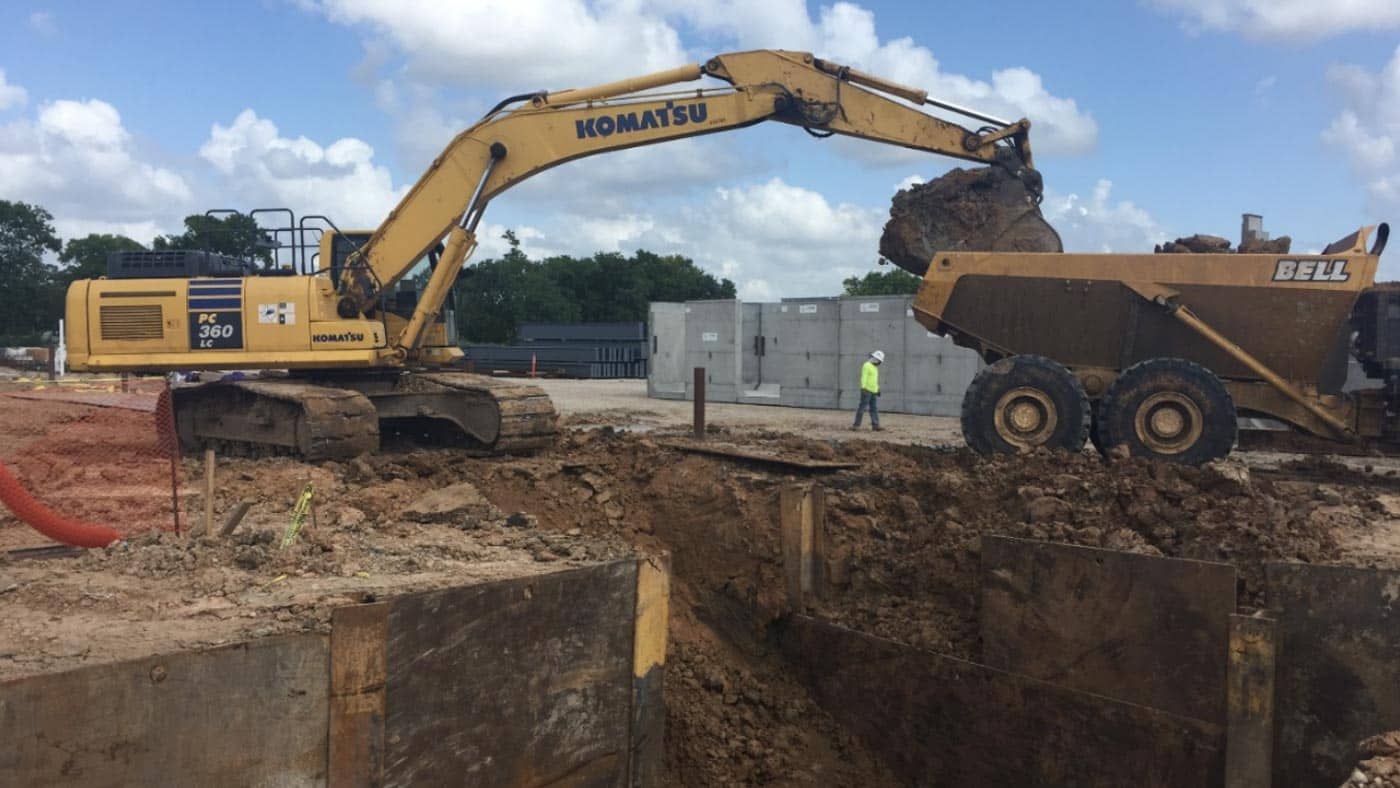
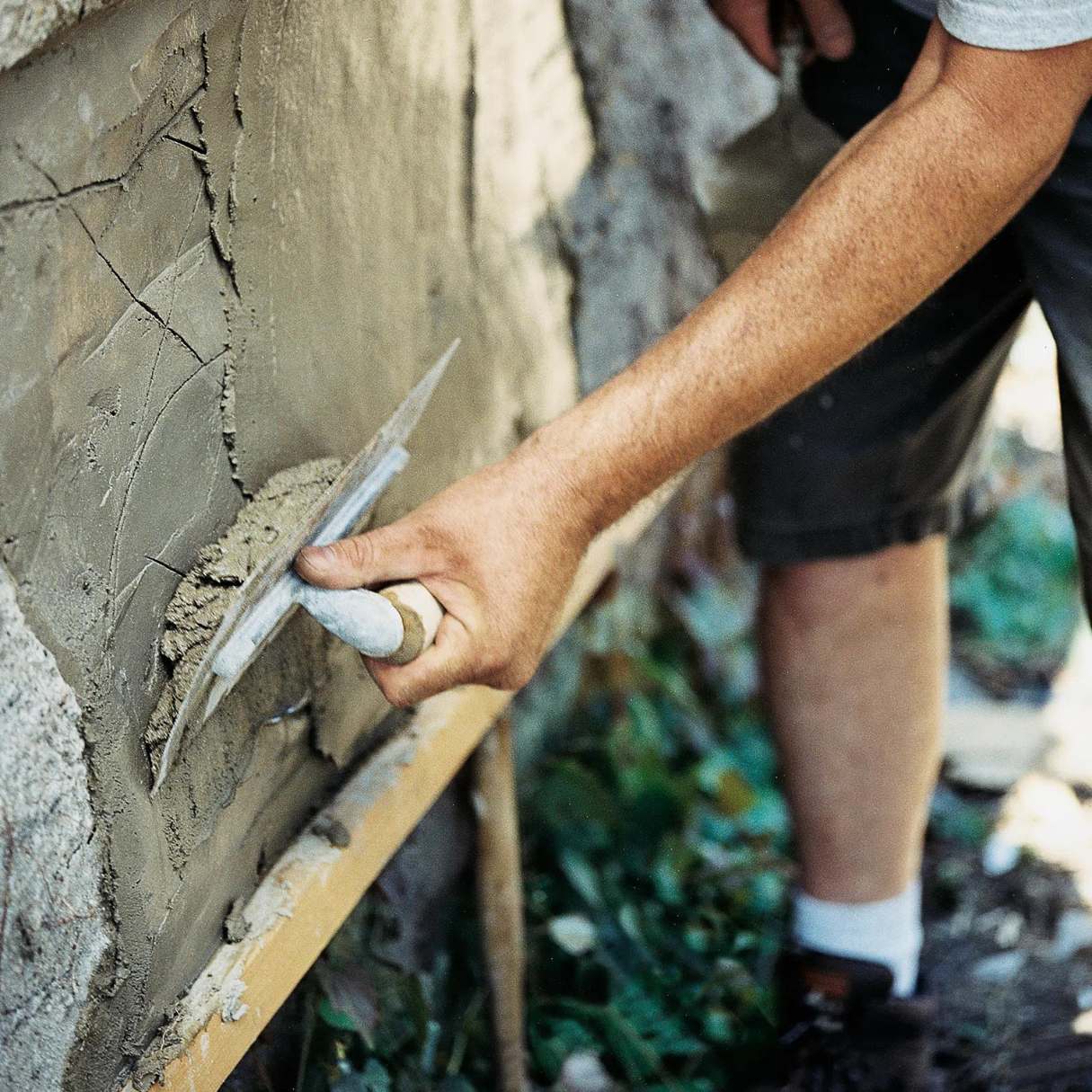
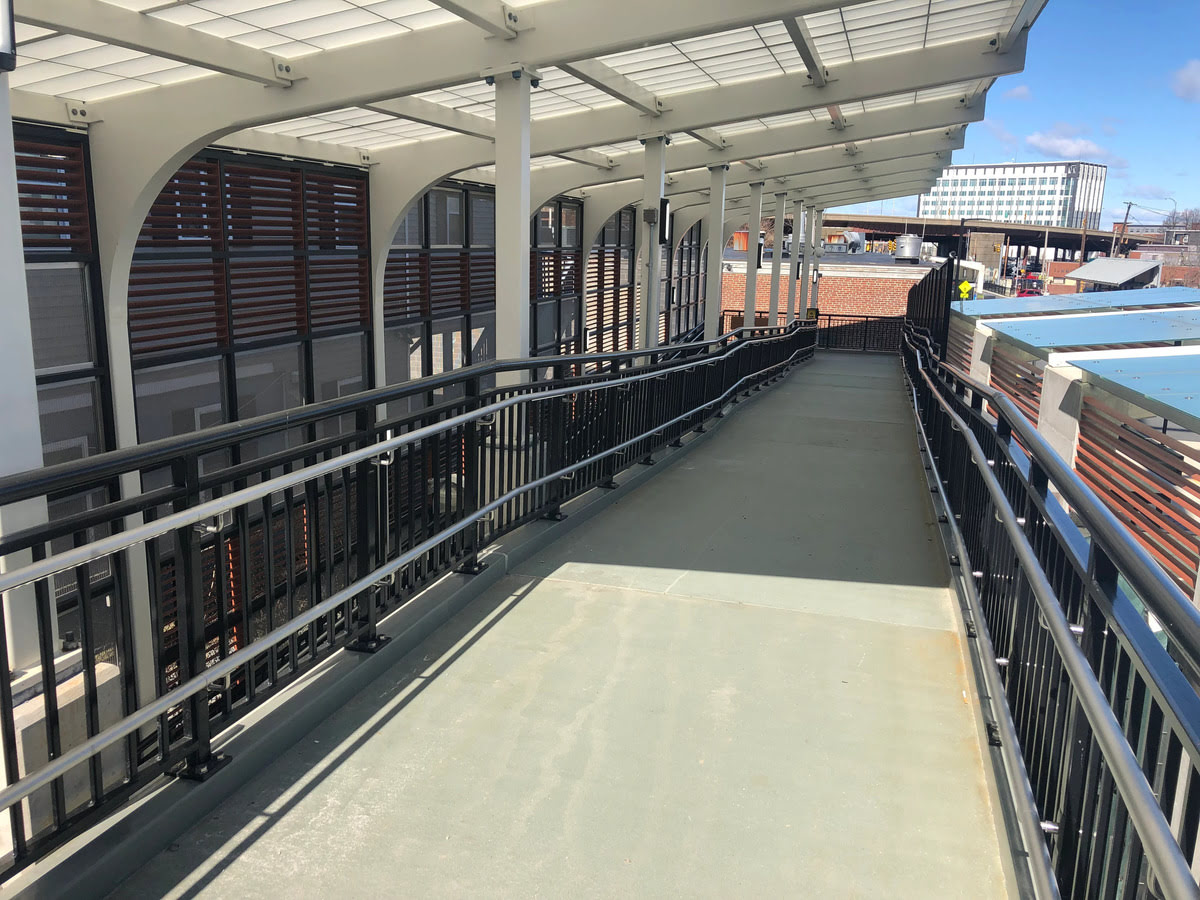
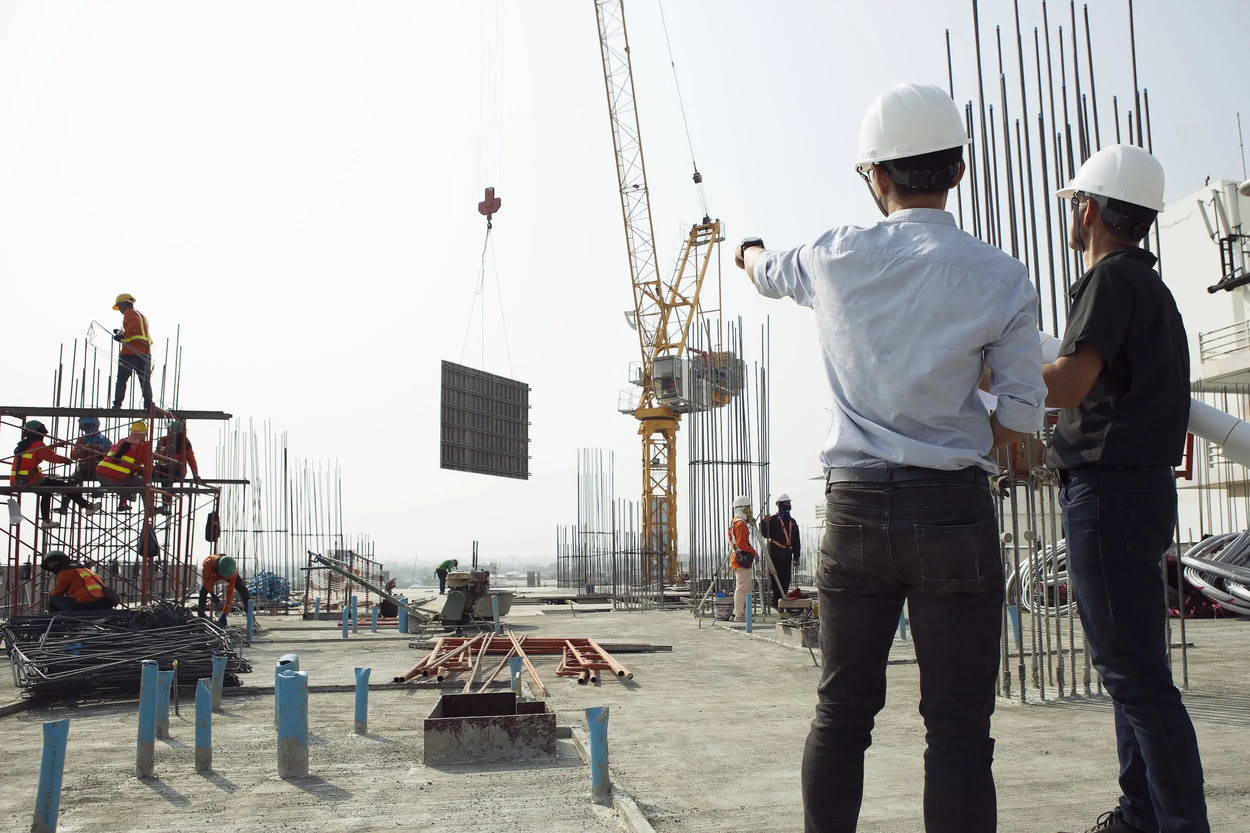
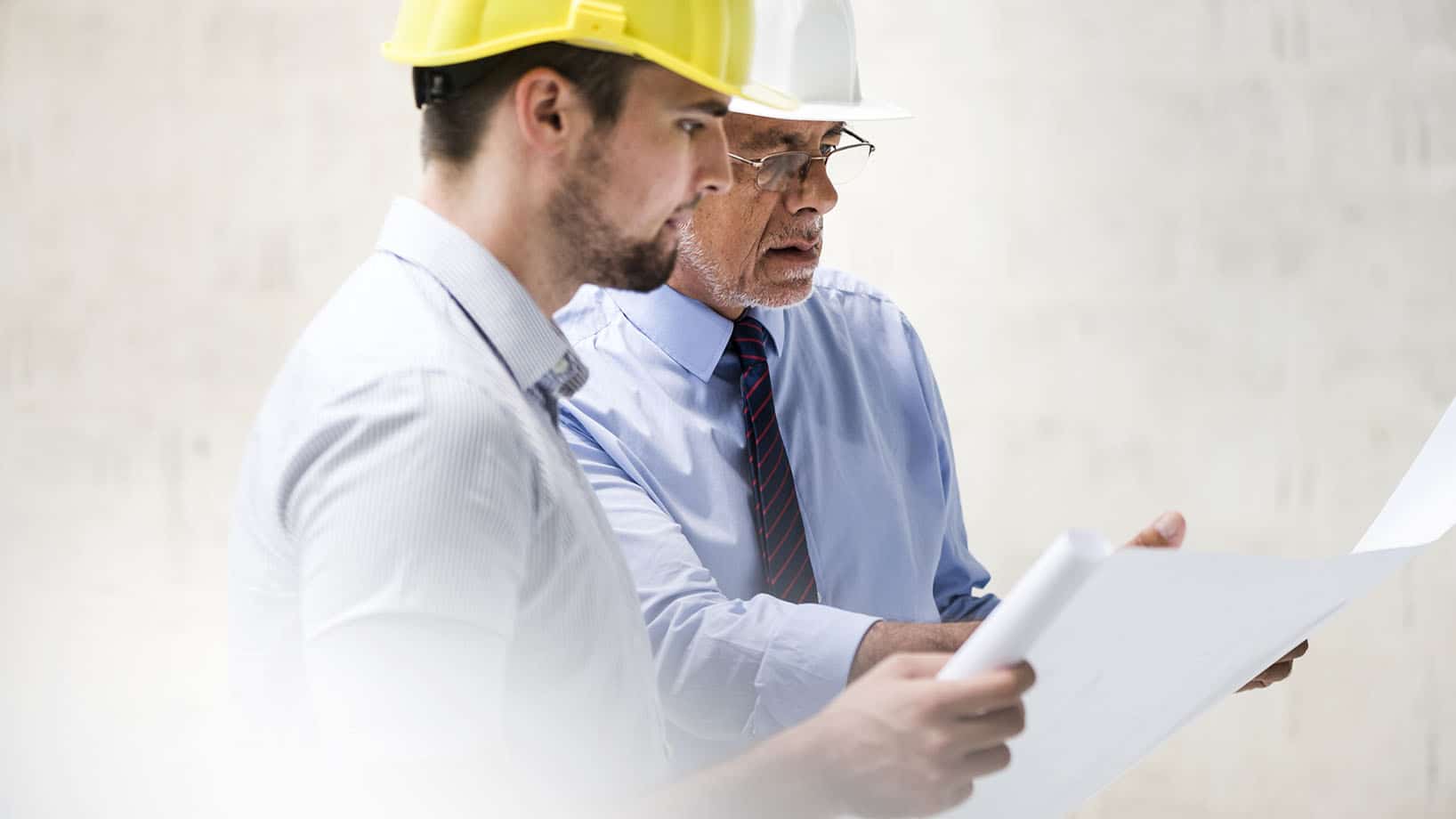
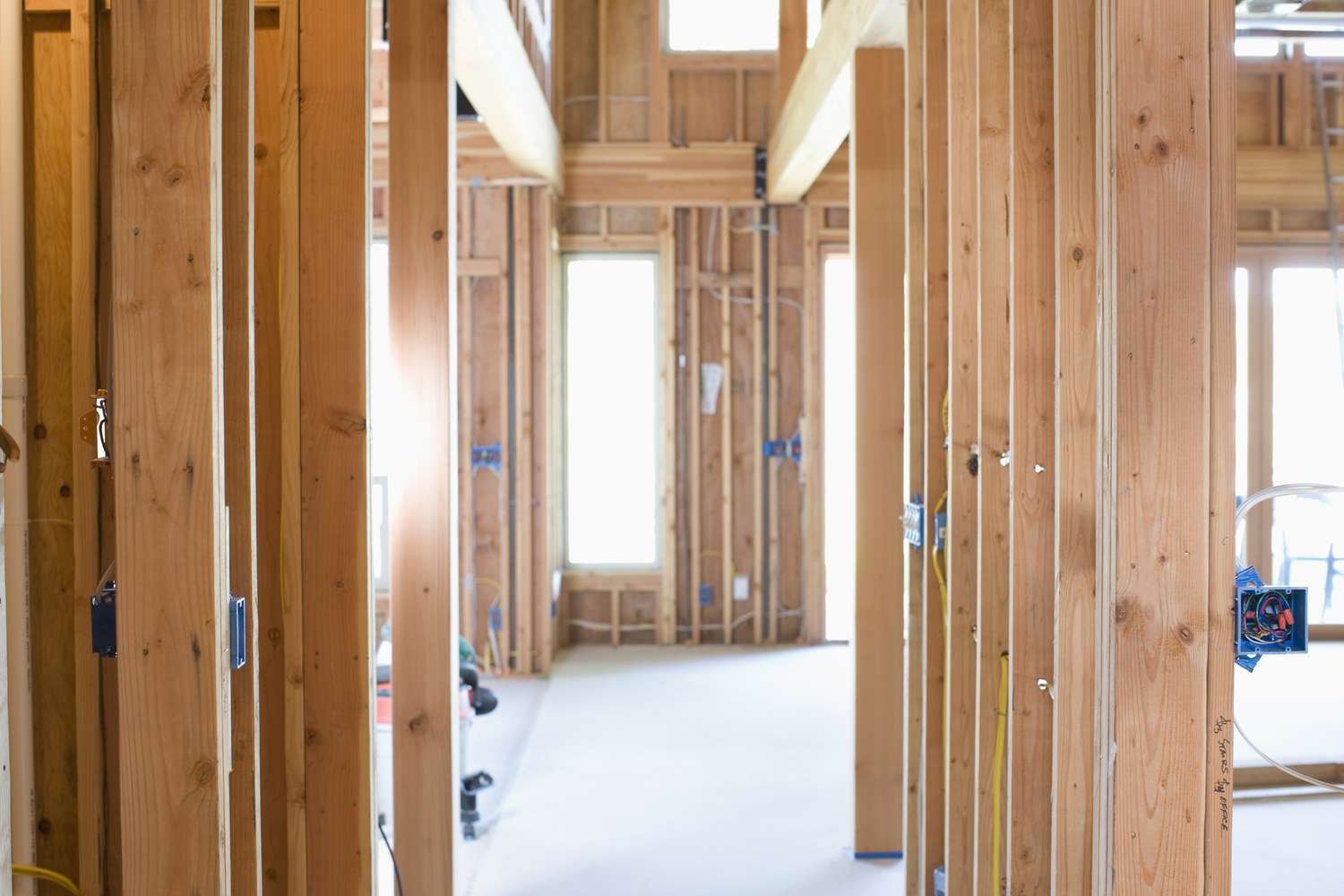


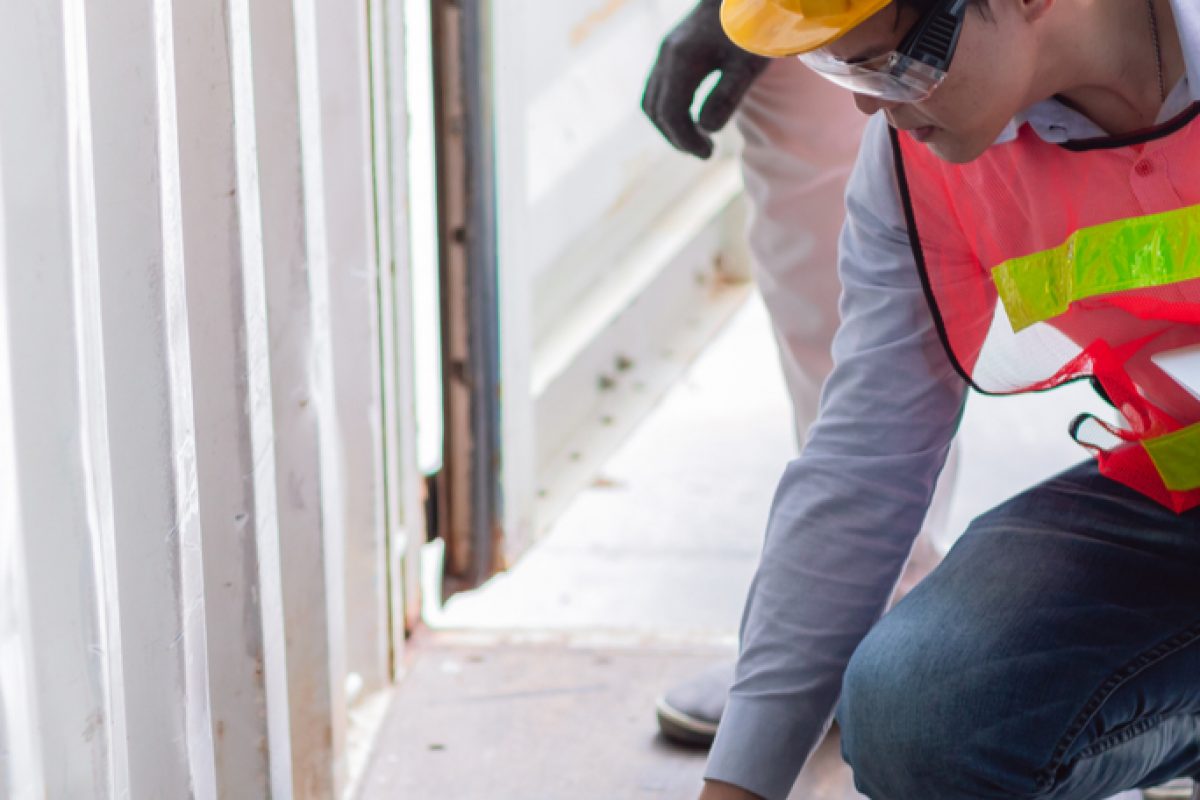
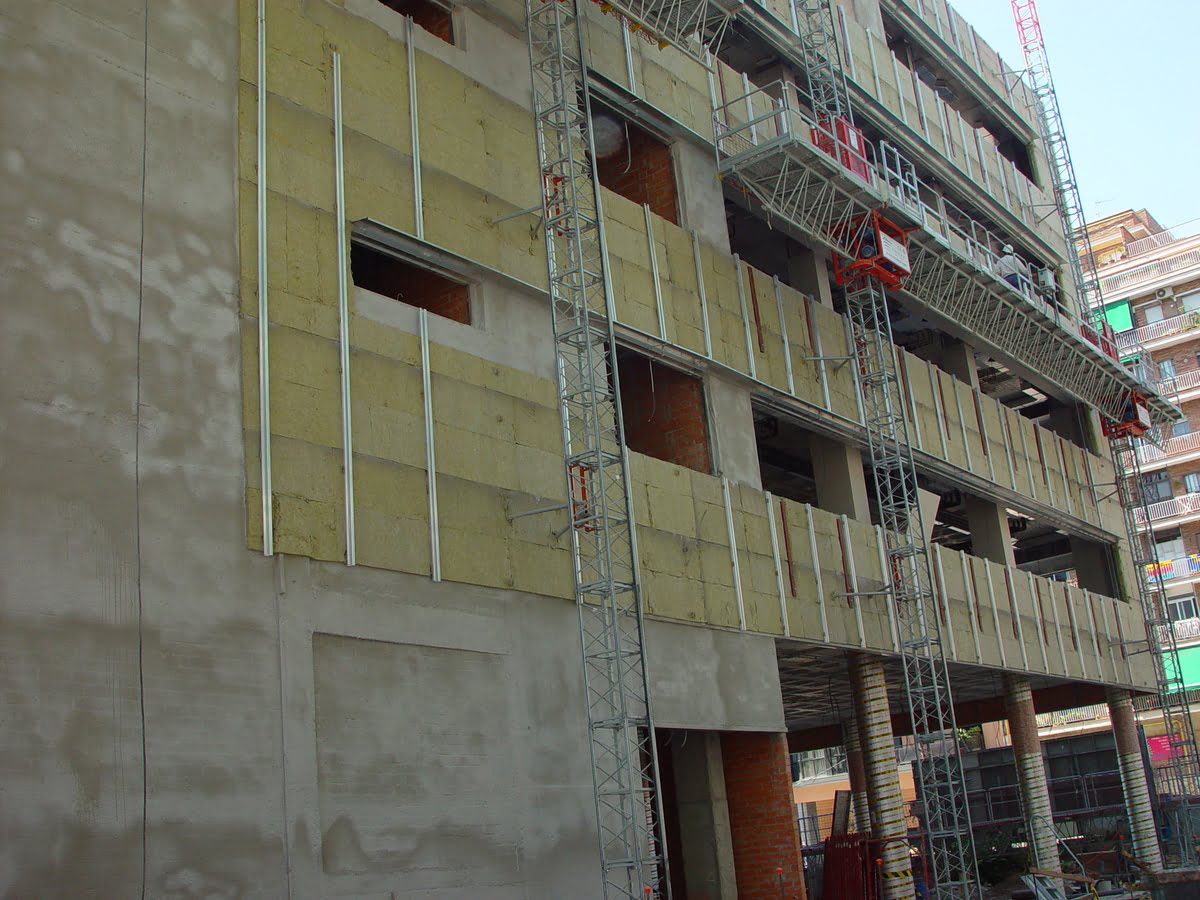

0 thoughts on “What Does Masonry Construction Mean”